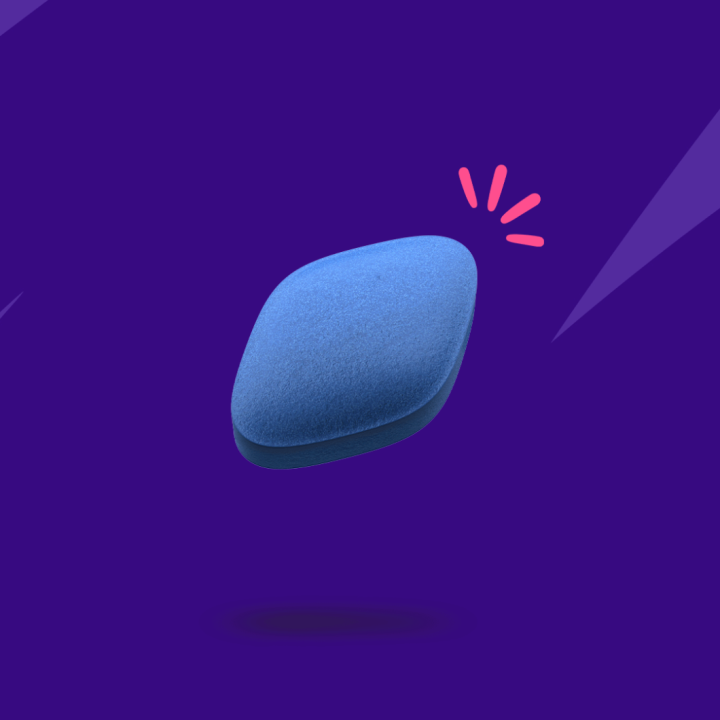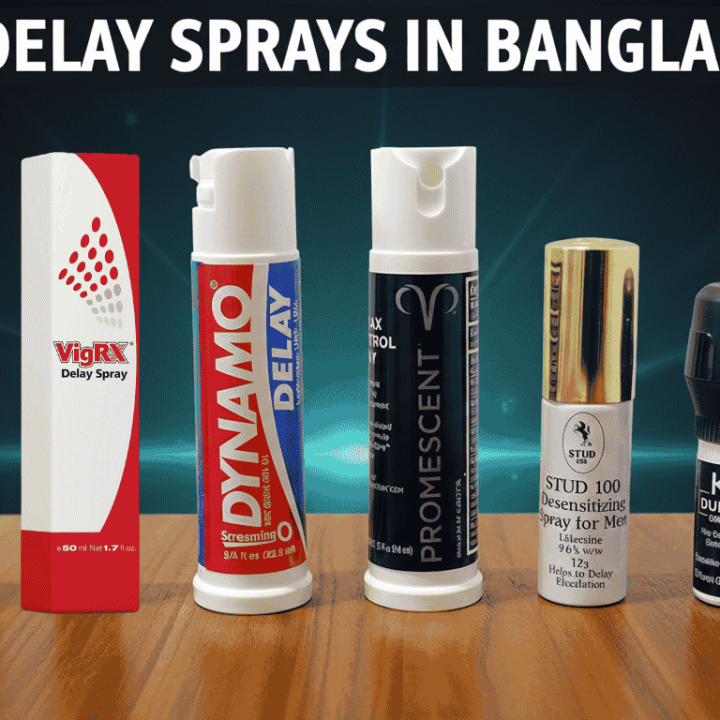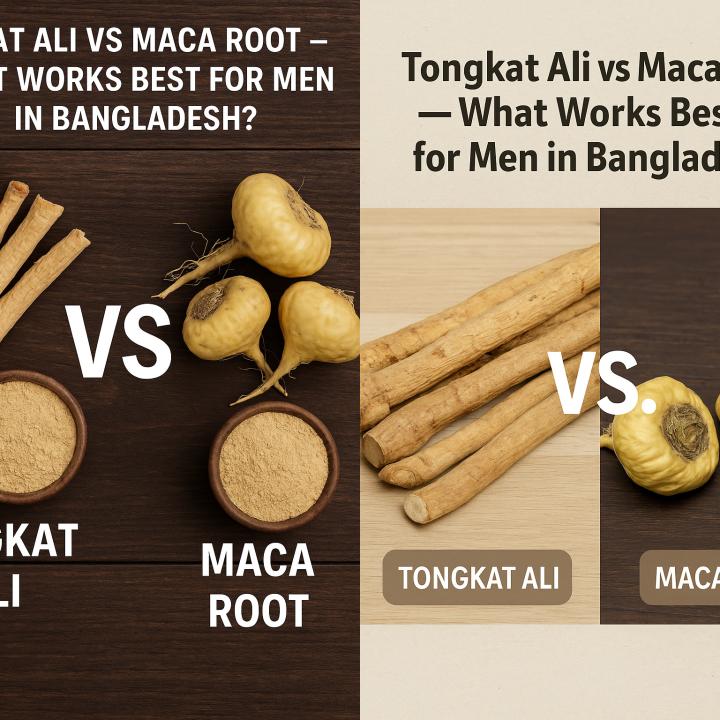
Male Hypogonadism (Low Testosterone) in Bangladesh: Overview & Key Insights
Testosterone is one of the key hormones that defines men’s health. It supports strength, energy, mood, and sexual well-being. When testosterone levels drop below normal, men may feel tired, lose muscle tone, or notice changes in mood and sexual performance.
This condition is known as male hypogonadism — when the testicles don’t make enough testosterone, or the brain fails to signal them properly.
In Bangladesh, many men ignore early symptoms, assuming they’re just signs of aging or stress. While testosterone levels naturally decline with age, lifestyle factors like poor sleep, obesity, and chronic stress have made the problem more common in younger men too. The good news is that it can be diagnosed easily and treated effectively.
What Is Male Hypogonadism?
Male hypogonadism happens when the body doesn’t produce enough testosterone to maintain normal health and function. About 95% of testosterone comes from the testicles, and the rest from the adrenal glands above the kidneys. If either fails to work properly, testosterone levels drop — affecting both physical and mental health.
Testosterone gives men their distinctive traits: sperm production, facial hair, muscle mass, and deeper voice. When levels fall, it can cause low libido, weakness, and lack of motivation. In Bangladesh, the rise in diabetes, obesity, and long working hours has made hormonal imbalance a growing concern among men in their 30s and 40s.
Normal Testosterone Levels
Testosterone levels vary with age, health, and testing methods.
- Normal range: 300–1000 ng/dL (morning test)
- Young adults (20–40): usually 600–900 ng/dL
- Men over 65: often 500–800 ng/dL
Doctors confirm hypogonadism when two morning tests show low testosterone along with matching symptoms. Levels start declining from age 30 — about 100 ng/dL per decade. Regular testing helps detect changes early.
In Bangladesh, around four in ten men over 45 may have low testosterone, though most never seek medical help due to social hesitation or lack of awareness.
Common Symptoms
Testosterone influences energy, mood, fertility, and sexual function. When levels fall, symptoms build slowly and often go unnoticed.
Typical signs include:
- Lower sex drive or weaker erections
- Fewer morning erections
- Fatigue or low stamina
- Muscle loss or reduced strength
- Smaller testicles
- Hair thinning
- Mood swings or irritability
- Low sperm count or infertility
Other symptoms may include:
- Depression or lack of focus
- Belly fat or weight changes
- Reduced endurance
- Breast tissue growth (gynecomastia)
- Low red blood cell count (anemia)
In teens, low testosterone can delay puberty or affect genital growth. Without treatment, chronic low testosterone can lead to bone weakness, heart disease, and metabolic problems.
Health Impact and Risks
Low testosterone affects more than sexual health — it influences the entire body. It can weaken bones, raise body fat, and increase heart risks. Low levels also contribute to inflammation, insulin resistance, and high cholesterol, leading to atherosclerosis — plaque buildup in arteries.
In Bangladesh, men with diabetes, obesity, or stressful lifestyles face higher risk. Early diagnosis and treatment can restore energy, improve mood, and protect long-term health.
Causes of Male Hypogonadism
Male hypogonadism occurs when the body cannot produce enough testosterone. This happens when the testicles fail to function properly or when the brain’s hormone-controlling glands stop sending the right signals. Normally, the hypothalamus and pituitary gland control this process. The hypothalamus releases gonadotropin-releasing hormone (GnRH), which prompts the pituitary to produce follicle-stimulating hormone (FSH) and luteinizing hormone (LH). FSH helps sperm production, while LH triggers the testicles to release testosterone. Any disruption in this cycle can lower testosterone and cause hormonal imbalance.
Doctors classify hypogonadism into two main types:
- Primary hypogonadism: the testicles don’t make enough testosterone.
- Secondary hypogonadism: the hypothalamus or pituitary fails to send signals properly.
Some causes are genetic, present from birth, while others are acquired, developing later from disease, injury, or aging.
Causes of Primary Hypogonadism
Primary hypogonadism directly affects the testicles.
Common causes include:
- Klinefelter syndrome: a genetic condition where a man is born with an extra X chromosome.
- Undescended testicles: one or both testicles fail to drop into the scrotum before birth.
- Mumps orchitis: inflammation of the testicles caused by the mumps virus, common in unvaccinated males.
- Cancer treatment: chemotherapy or hormone therapy may temporarily lower testosterone.
- Aging: gradual decline in testosterone is part of normal aging.
- Hemochromatosis: excess iron buildup can damage organs and reduce testosterone.
Causes of Secondary Hypogonadism
Secondary hypogonadism starts in the brain’s hormone centers — the hypothalamus or pituitary gland.
Common causes include:
- Congenital hormone disorders that affect GnRH or LH release.
- Kallmann syndrome: a genetic disorder that delays puberty and sexual development.
- Extreme stress, malnutrition, or overtraining that suppress hormone release.
- Pituitary tumors that disturb hormonal balance.
- Brain injury or infection affecting hormone-producing glands.
- Anabolic steroid abuse: artificial testosterone suppresses natural production, sometimes for years.
- Severe head trauma that damages pituitary function.
Risk Factors for Male Hypogonadism
Anyone can develop low testosterone, but some people are at higher risk. In Bangladesh, obesity, diabetes, and stress are key contributors.
Major risk factors include:
- Genetic disorders affecting hormone production
- Obesity — the most common lifestyle cause
- Type 2 diabetes, which disrupts hormone function
- Advancing age
- Chronic illness or malnutrition
- Previous chemotherapy or radiation
- Steroid or drug abuse
- HIV or long-term infection
- Infertility caused by hormonal imbalance
Low testosterone and body fat often fuel each other — weight gain lowers hormones, while low hormones promote fat storage.
Diagnosis of Male Hypogonadism
Diagnosis starts with a detailed discussion about symptoms such as fatigue, low libido, or muscle loss. You may be referred to an endocrinologist or urologist for further testing.
Diagnostic steps include:
- Reviewing medical and family history
- A physical examination
- Discussion of lifestyle, medication, and symptoms
Doctors may also use the Androgen Deficiency in Aging Males (ADAM) questionnaire to assess low energy, libido, and endurance.
Core tests include:
- Two morning testosterone tests (8–10 a.m.)
- FSH and LH to check pituitary function
- Thyroid and vitamin D levels
- Iron profile to rule out excess iron
- PSA test before starting therapy
Depending on results, further tests may include pituitary imaging, semen analysis, or genetic studies for younger men.
Treatment for Male Hypogonadism
Treatment depends on the cause and severity. Some men need only lifestyle changes, while others may require medical therapy.
Main treatments include:
1. Testosterone Replacement Therapy (TRT)
TRT is the most common option and can be given as capsules, gels, patches, injections, or pellets. It helps improve mood, energy, and sexual function but may reduce sperm count. Men planning fatherhood should discuss alternatives first.
2. Clomiphene Citrate
A medication that boosts natural testosterone without affecting fertility. It may cause mild side effects like mood changes or headaches.
3. Enclomiphene Citrate
Works like clomiphene but tends to have fewer side effects and is well tolerated.
4. Anastrozole
Prevents testosterone from converting into estrogen, raising hormone levels while preserving sperm health.
5. Human Chorionic Gonadotropin (hCG)
An injectable therapy that mimics LH to boost testosterone naturally. It maintains sperm count and testicular size, unlike standard TRT.
In Bangladesh, these treatments are available in specialized men’s health clinics and hospitals. Therapy should always be guided by an endocrinologist, not self-prescribed.
Prevention of Male Hypogonadism
Not every case can be prevented, but healthy habits lower the risk significantly. Managing weight, blood sugar, and stress helps protect hormonal balance.
Prevention tips:
- Eat balanced meals rich in fruits, vegetables, and protein
- Exercise regularly and maintain a healthy weight
- Sleep at least 7–8 hours
- Limit sugar, alcohol, and processed food
- Avoid smoking, steroids, and long-term opioids
- Reduce stress and rest adequately
- Get annual checkups for diabetes and hormone levels
If you notice unusual fatigue, mood changes, or reduced sexual drive, talk to a doctor early. Timely diagnosis and proper care can restore energy, fertility, and confidence.




